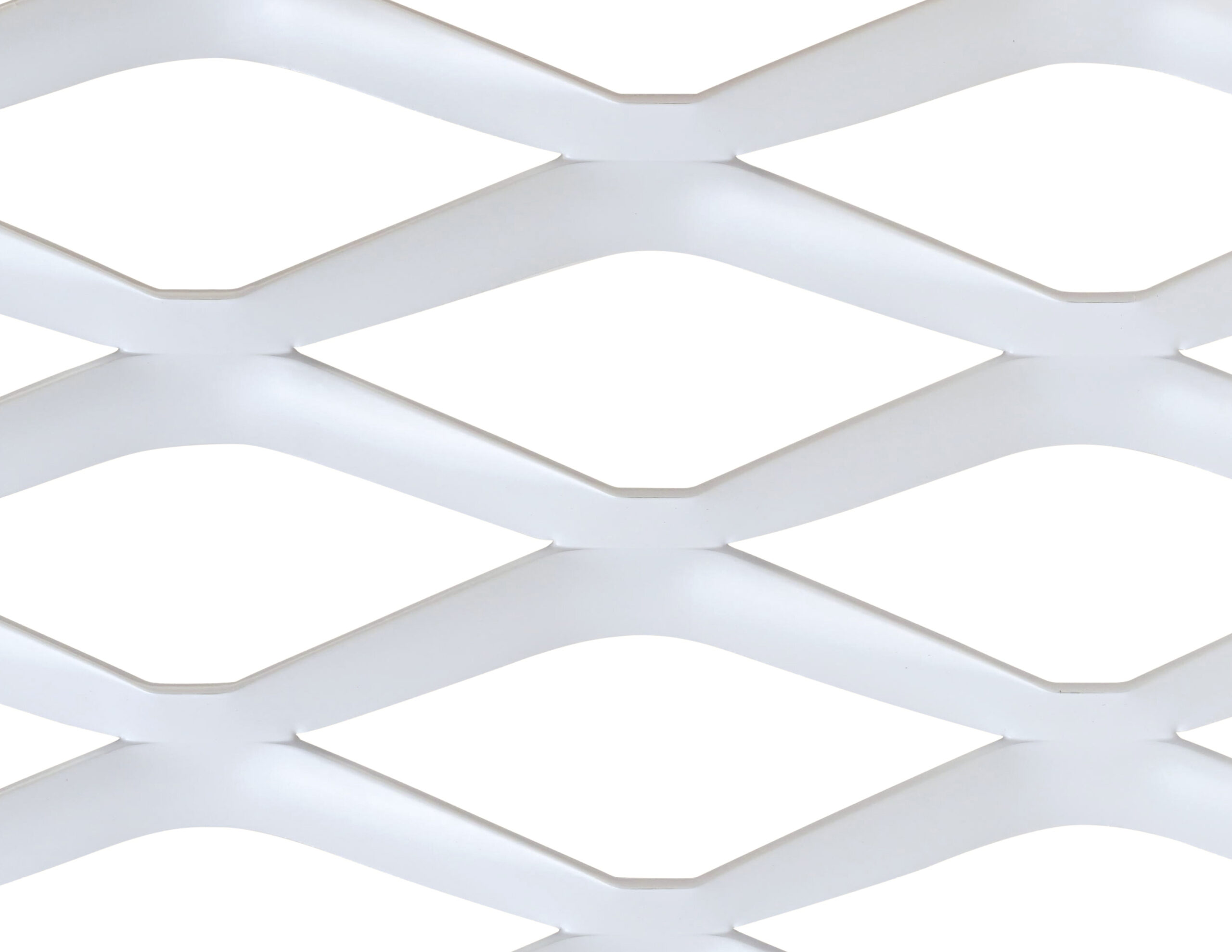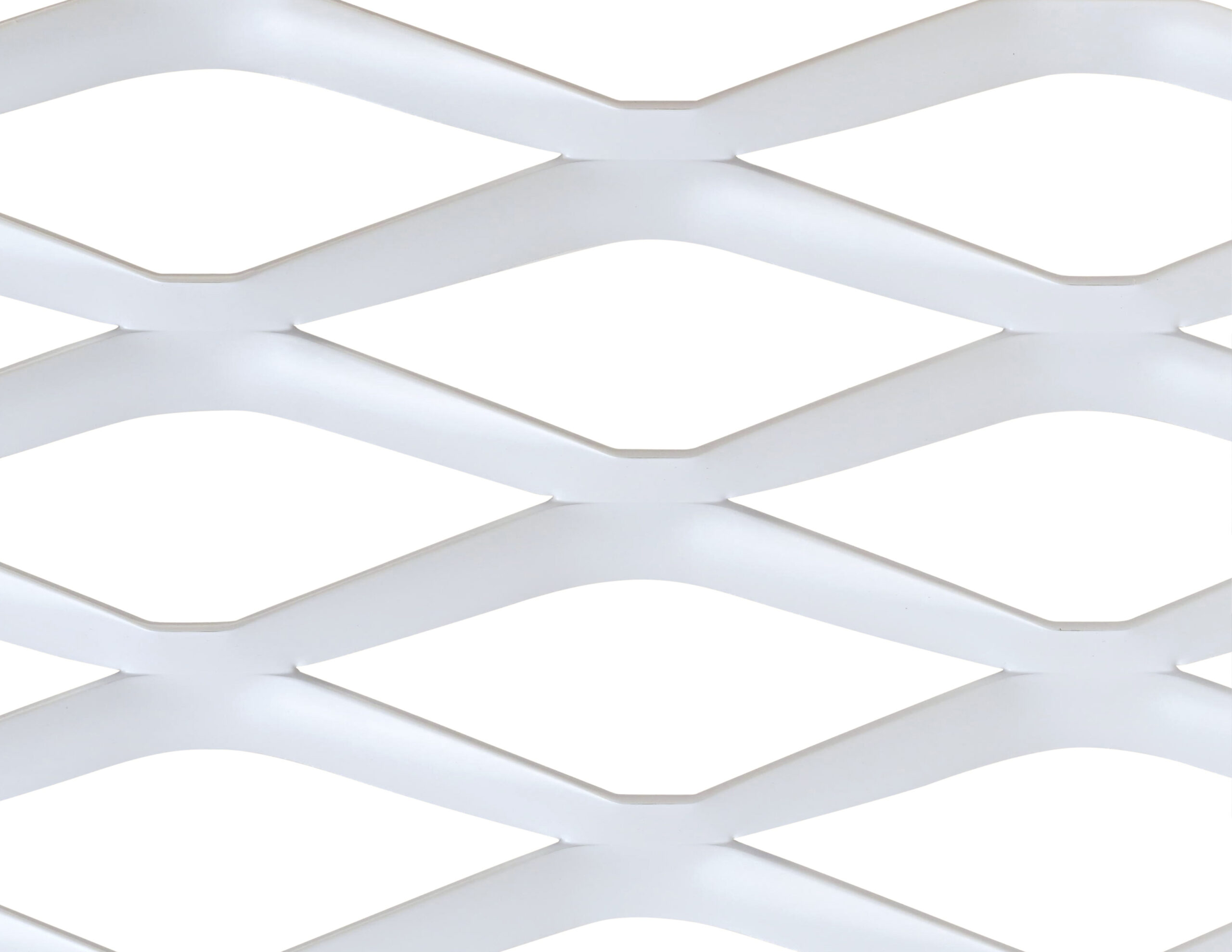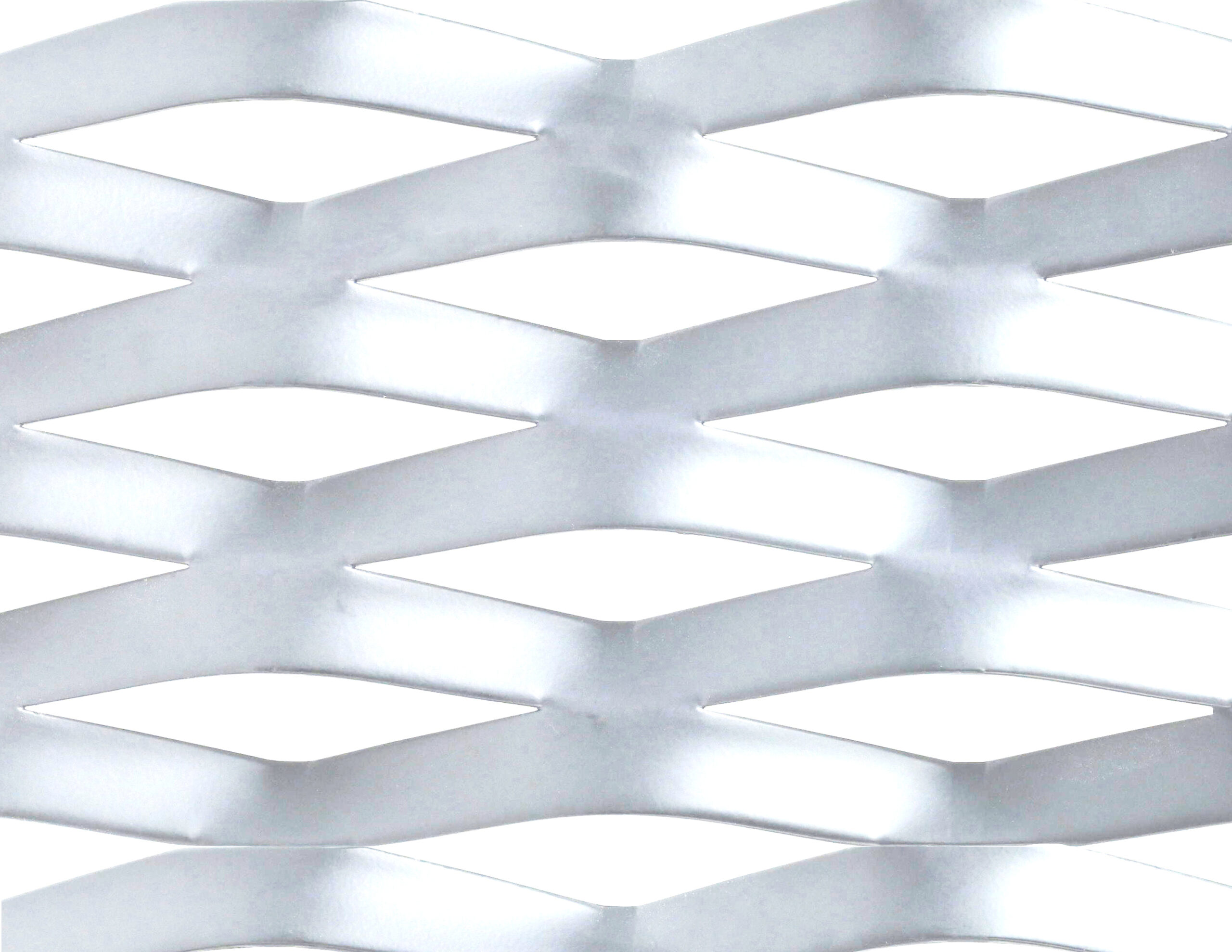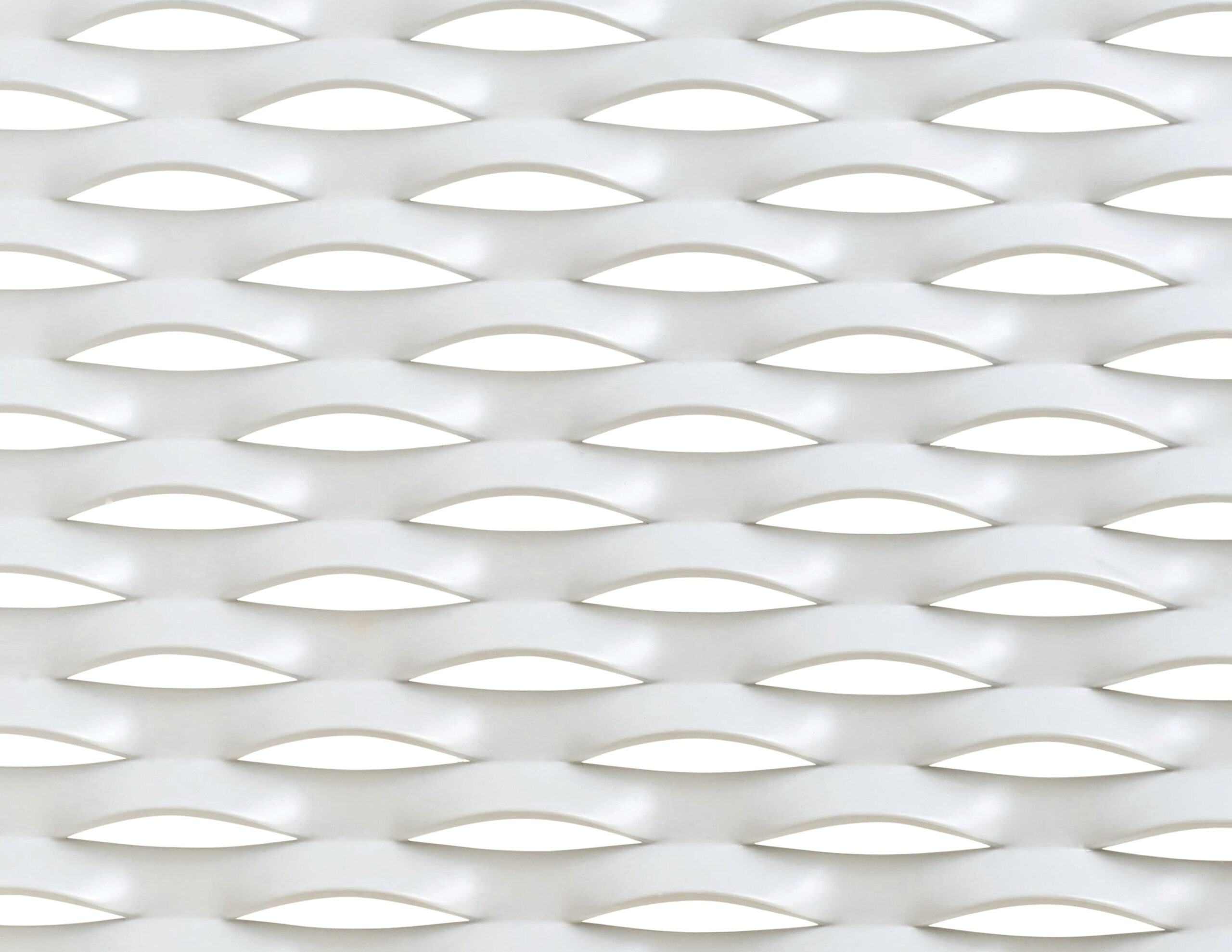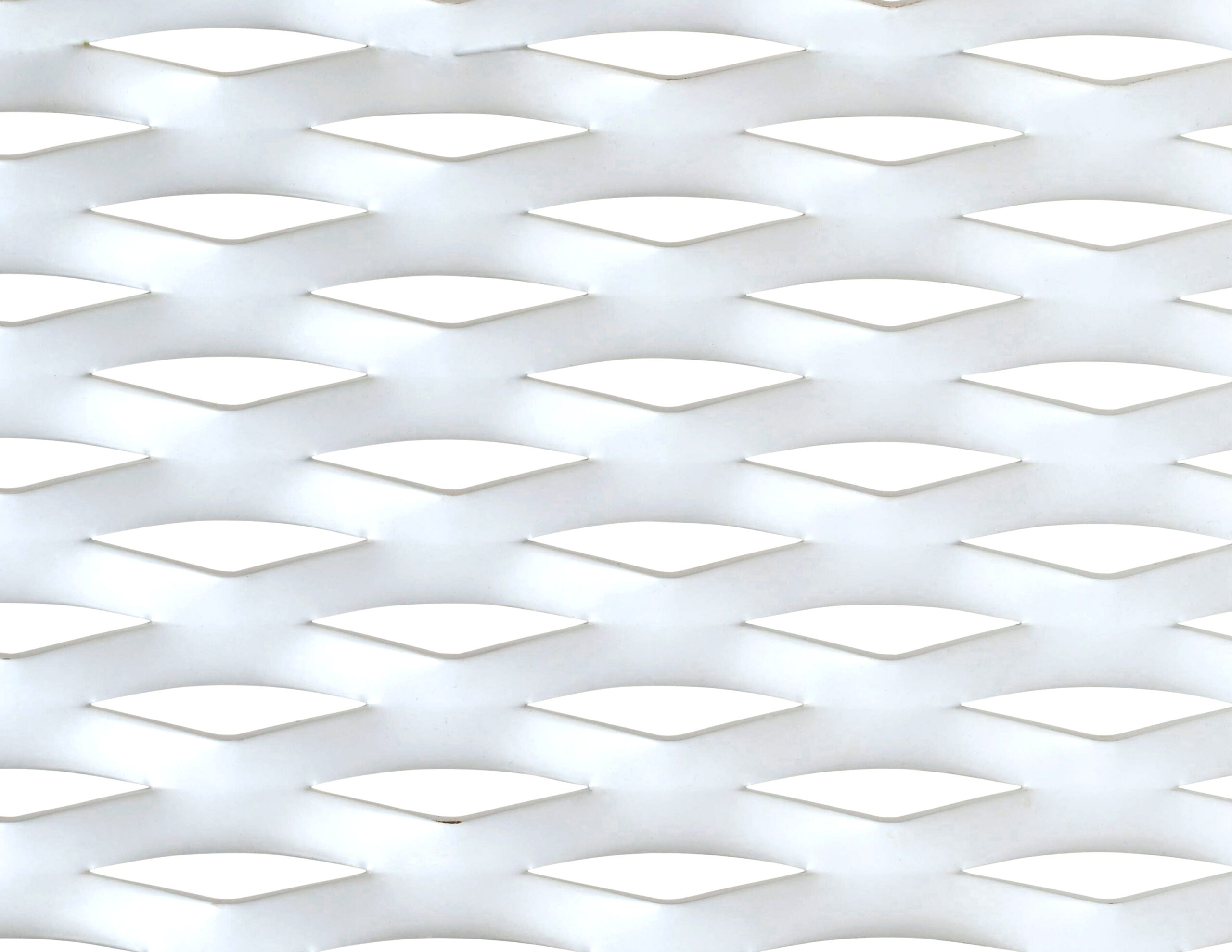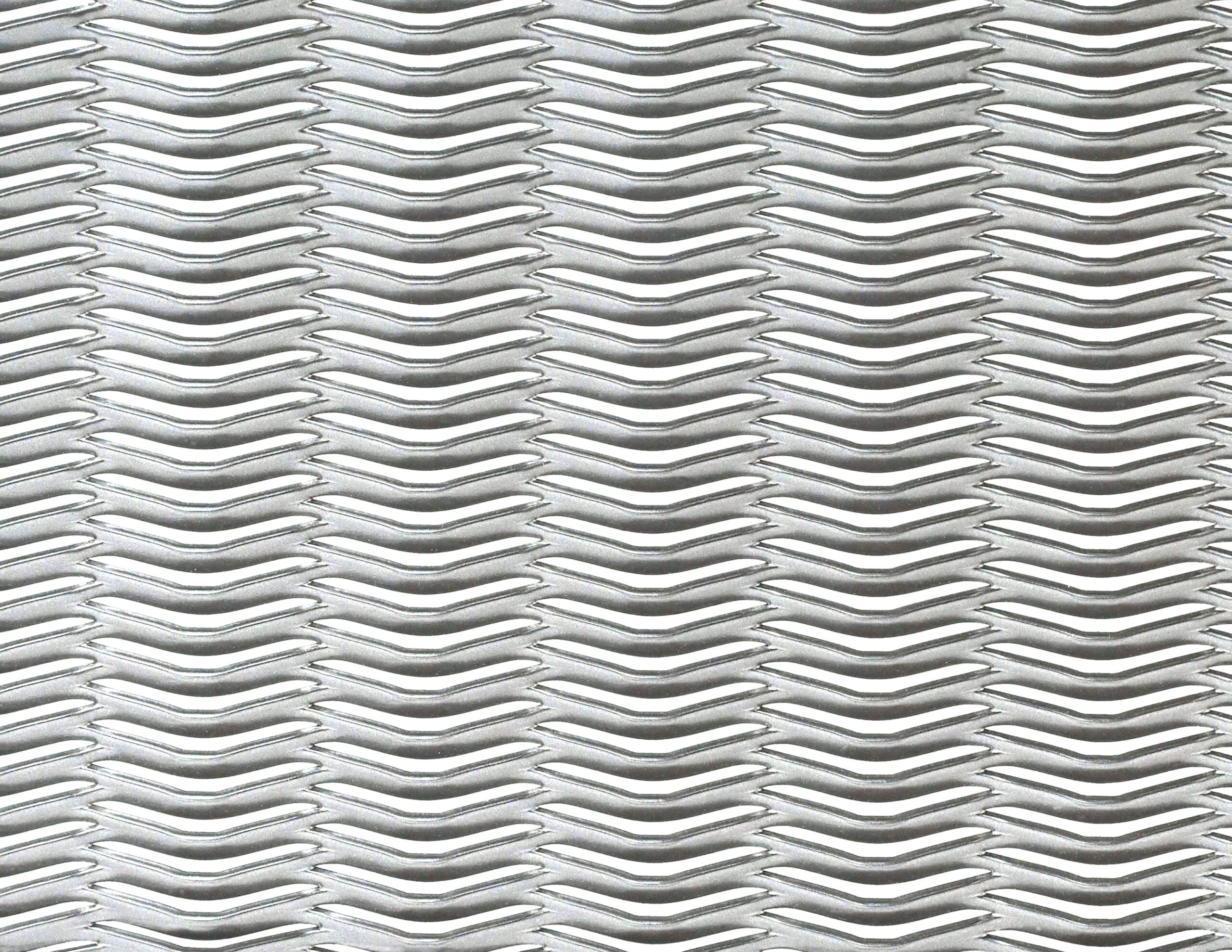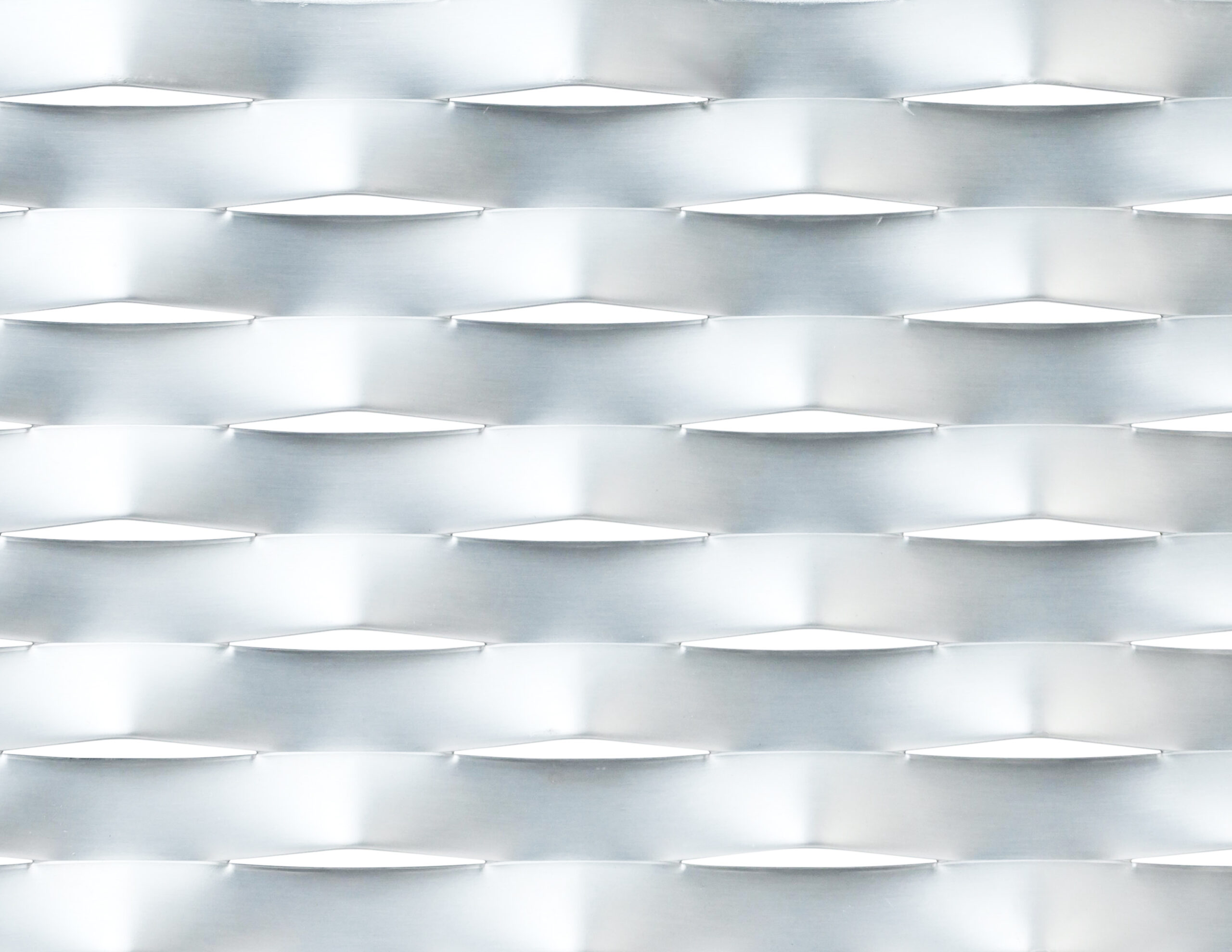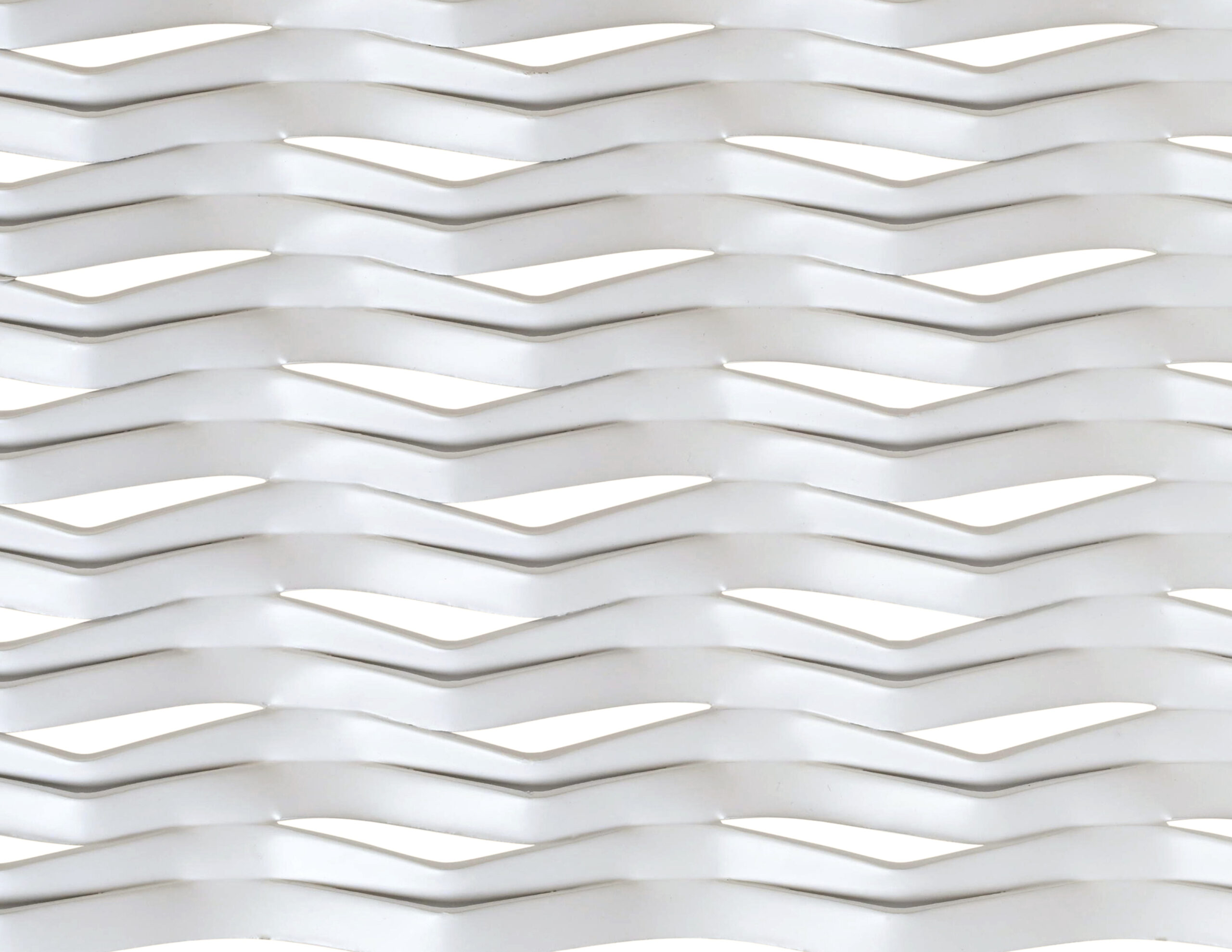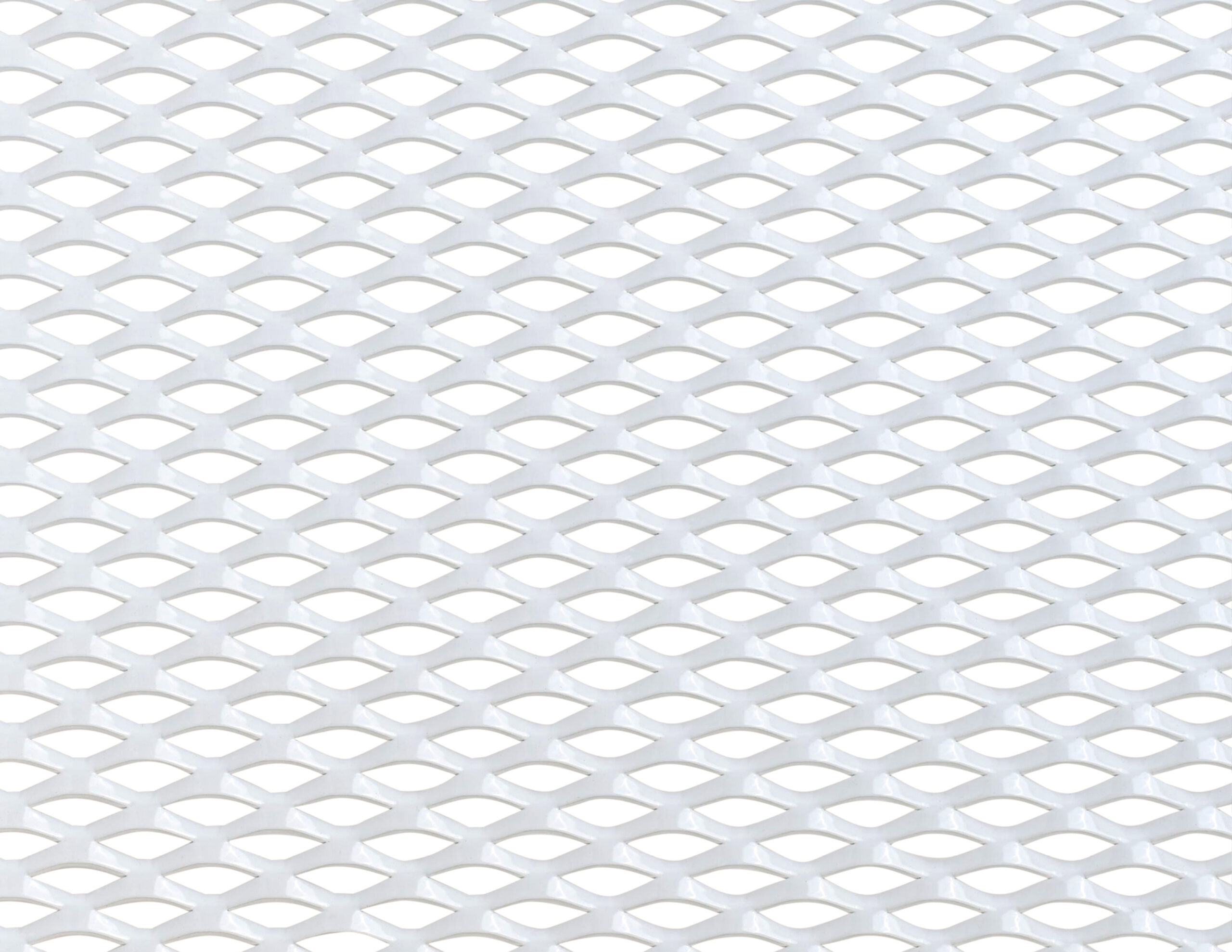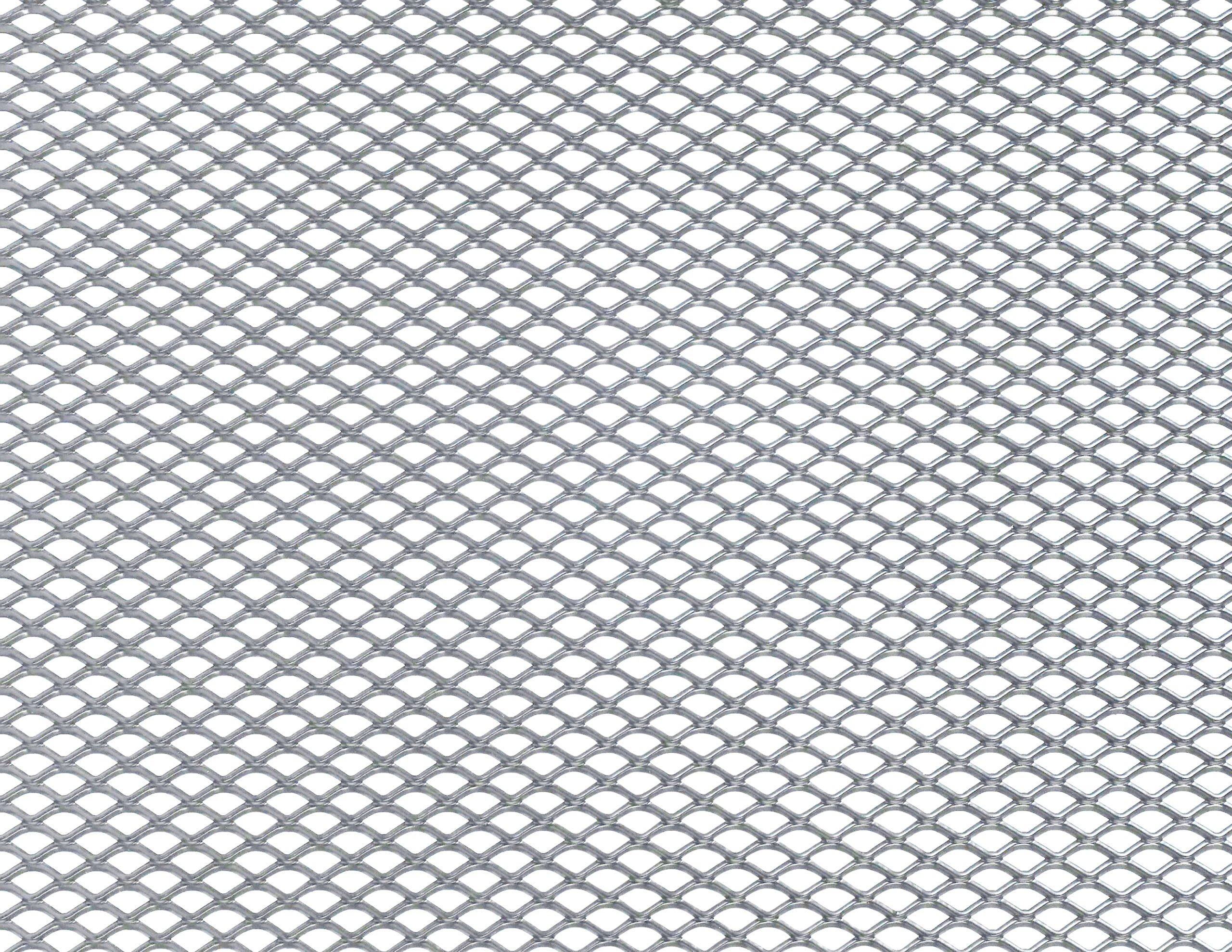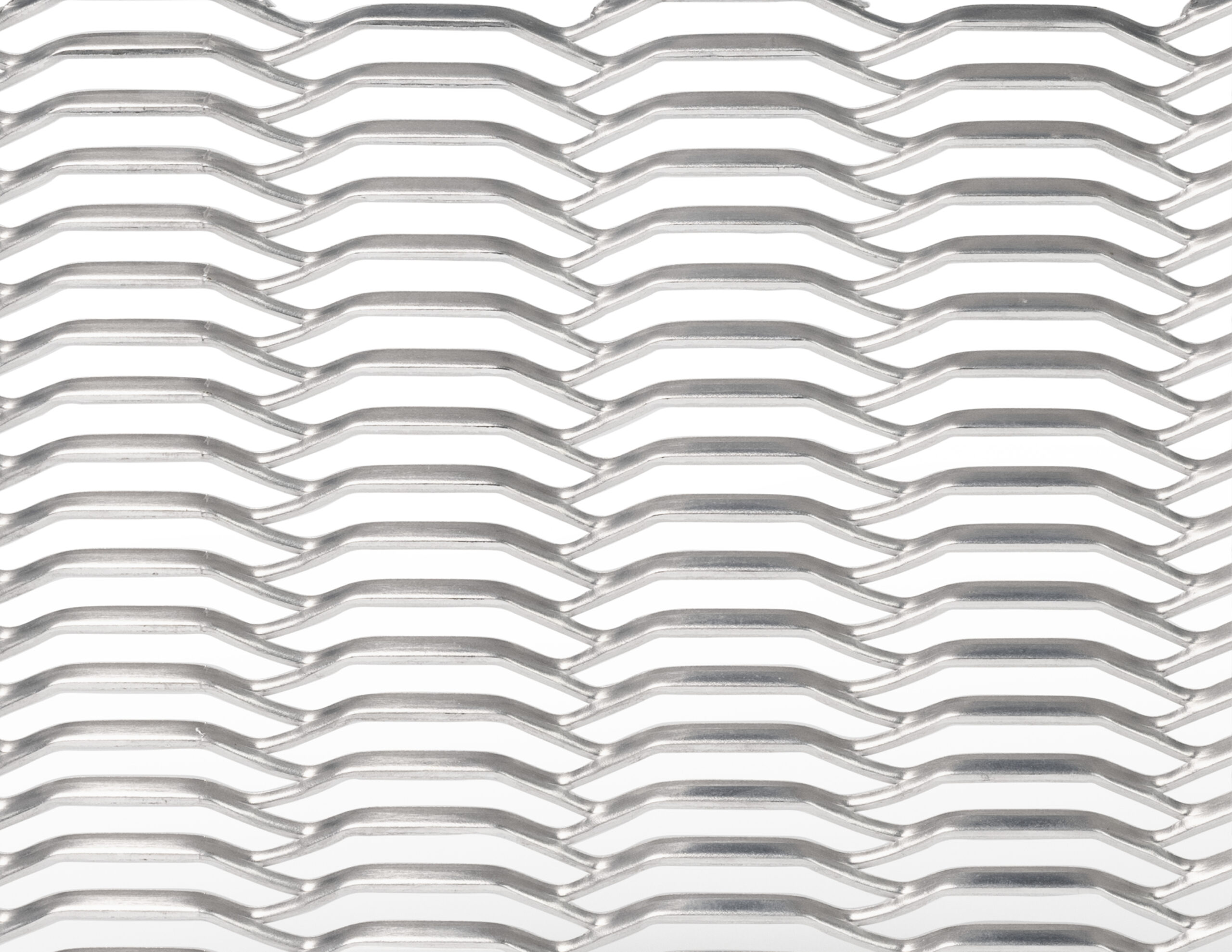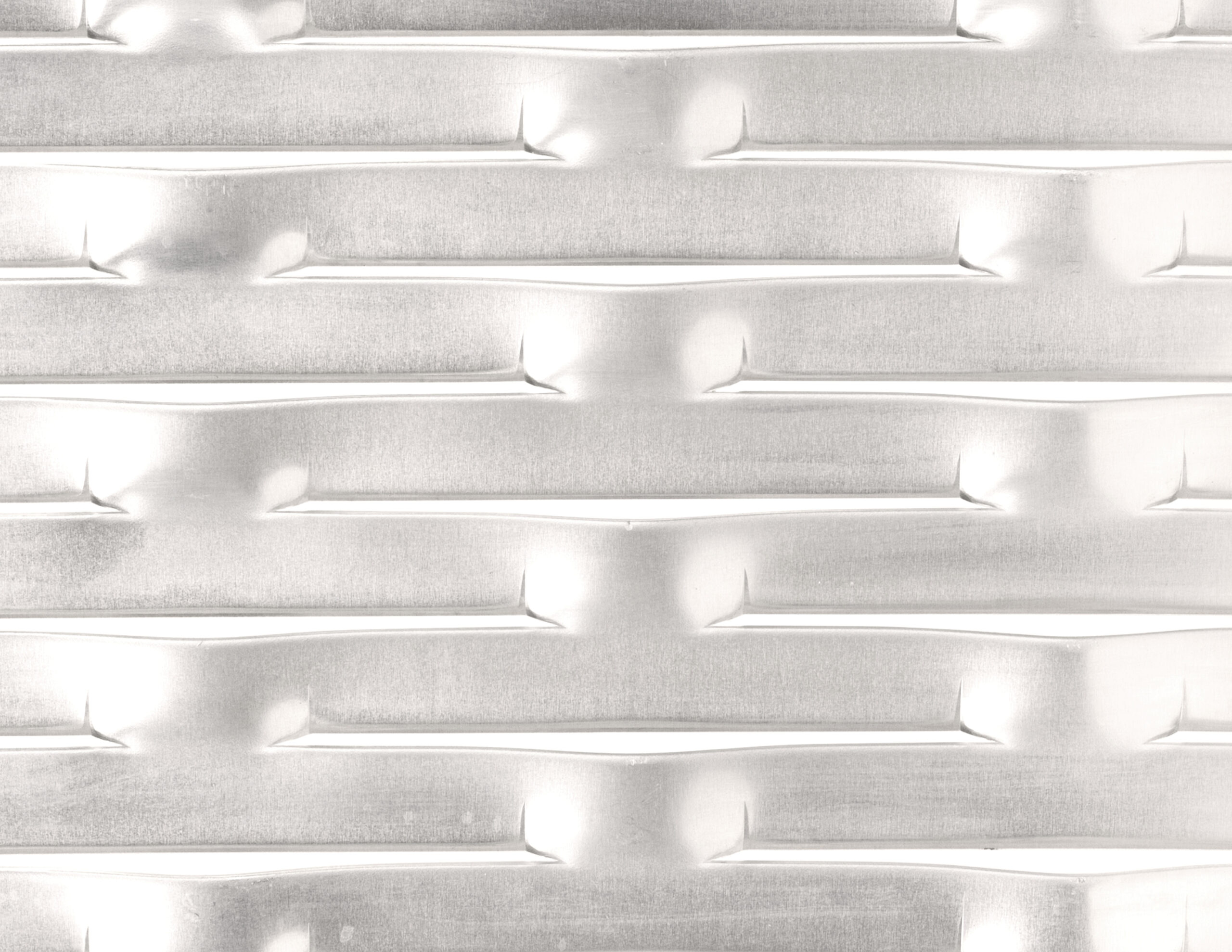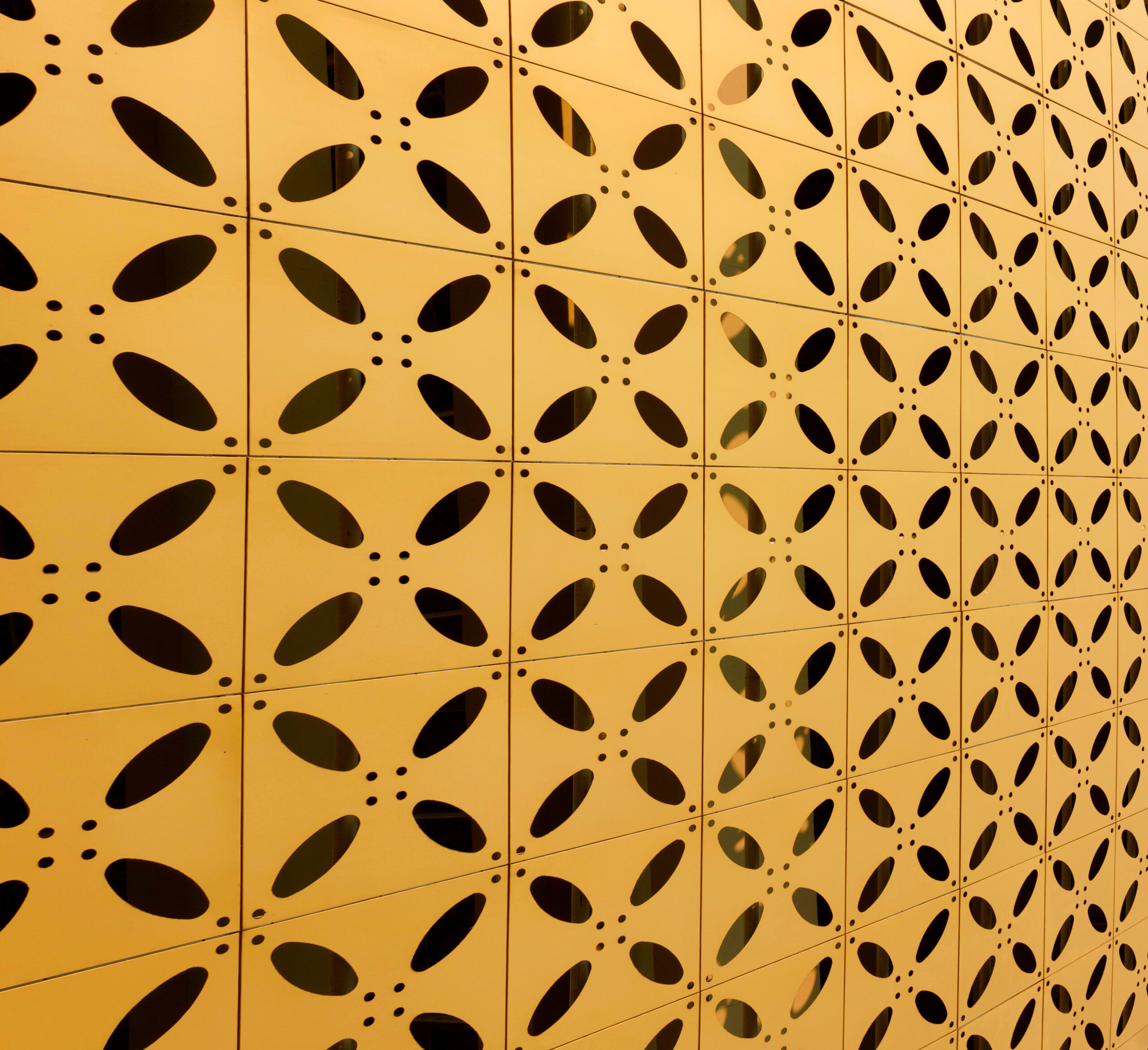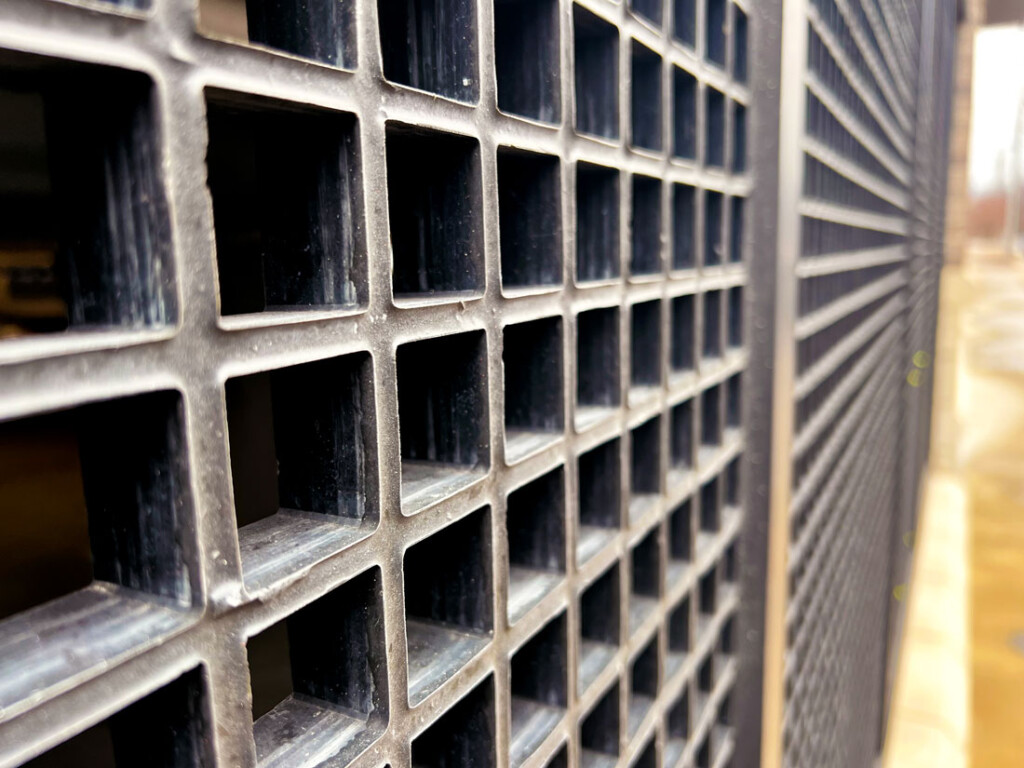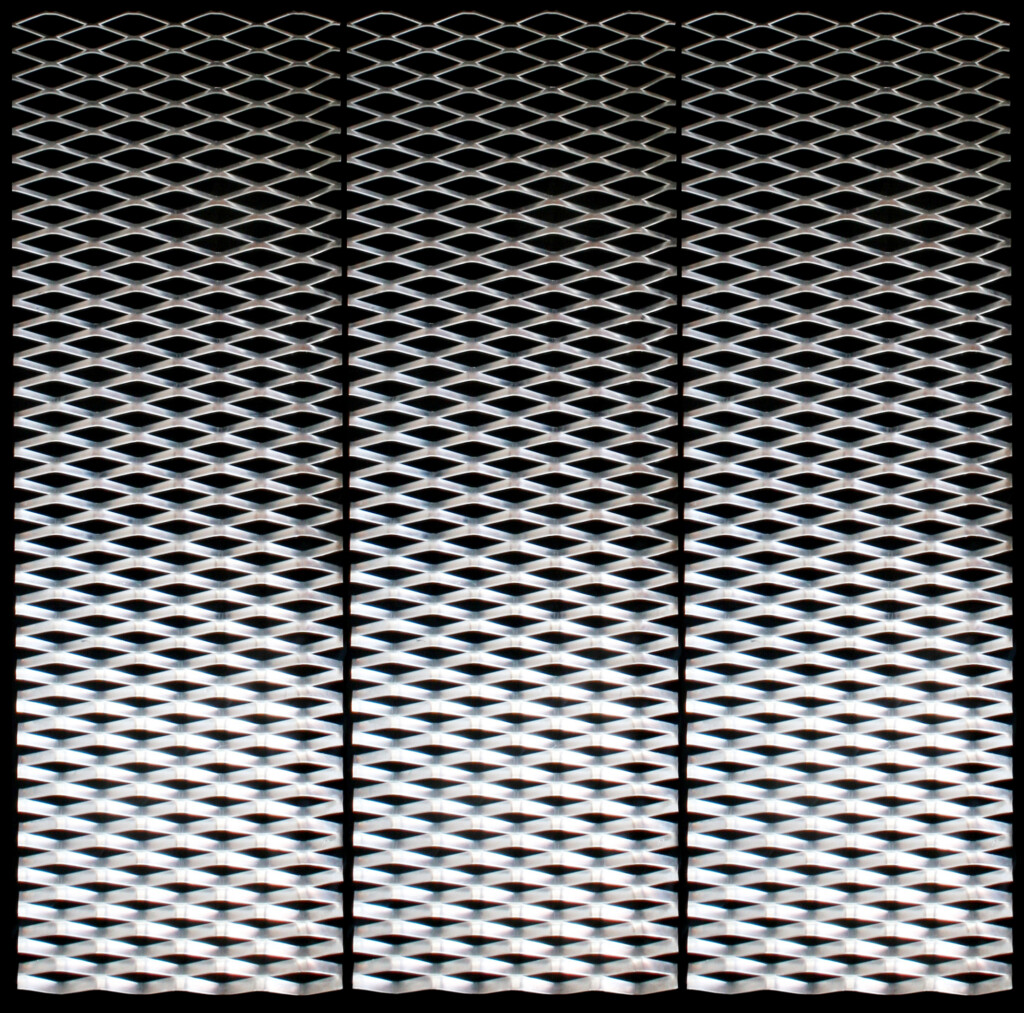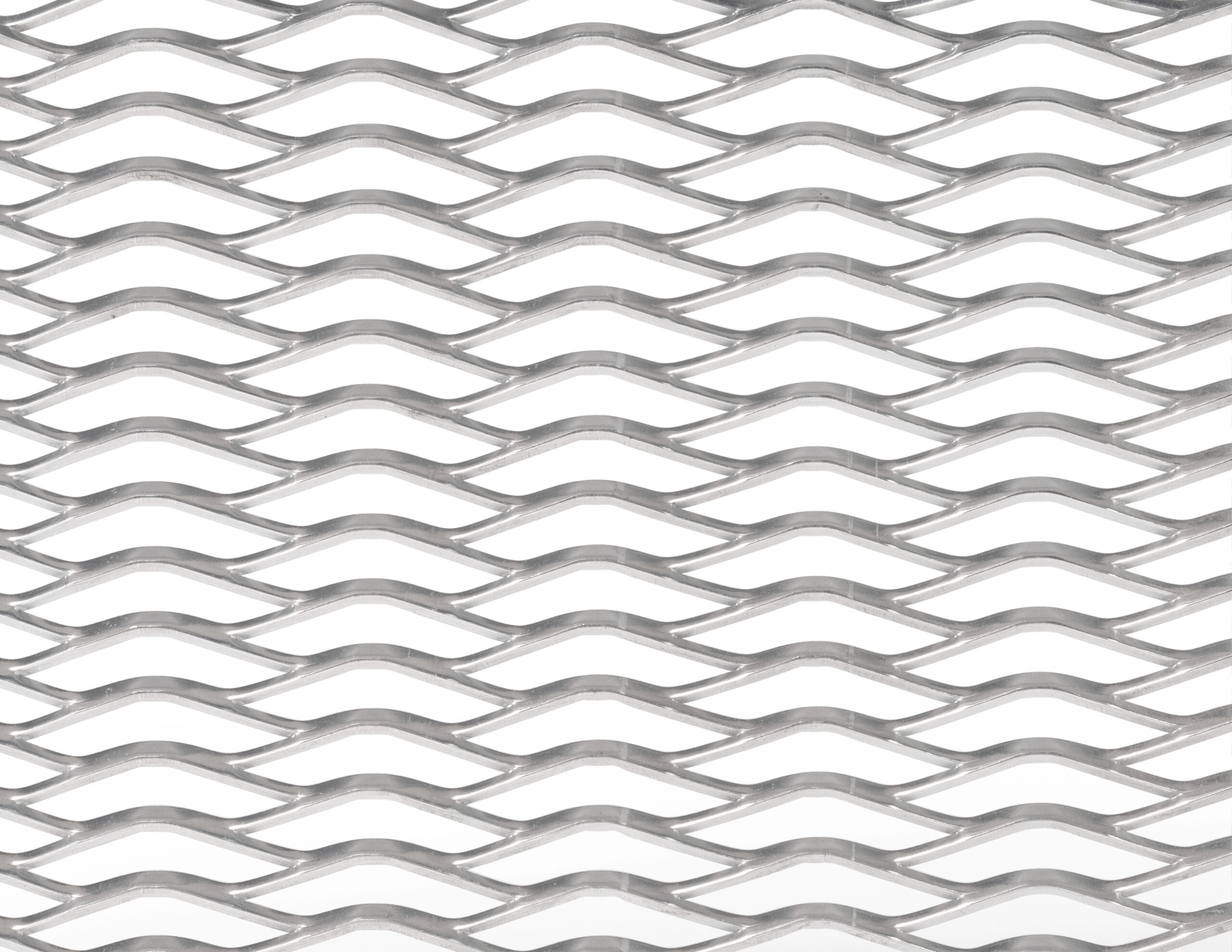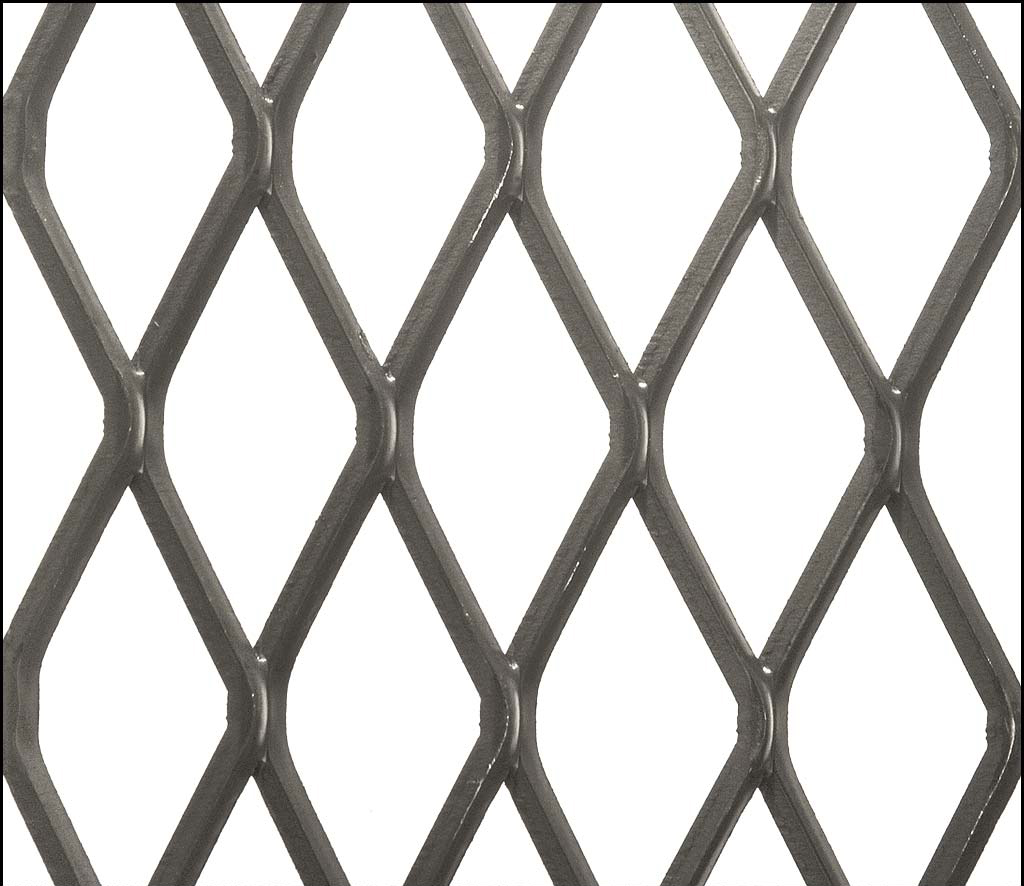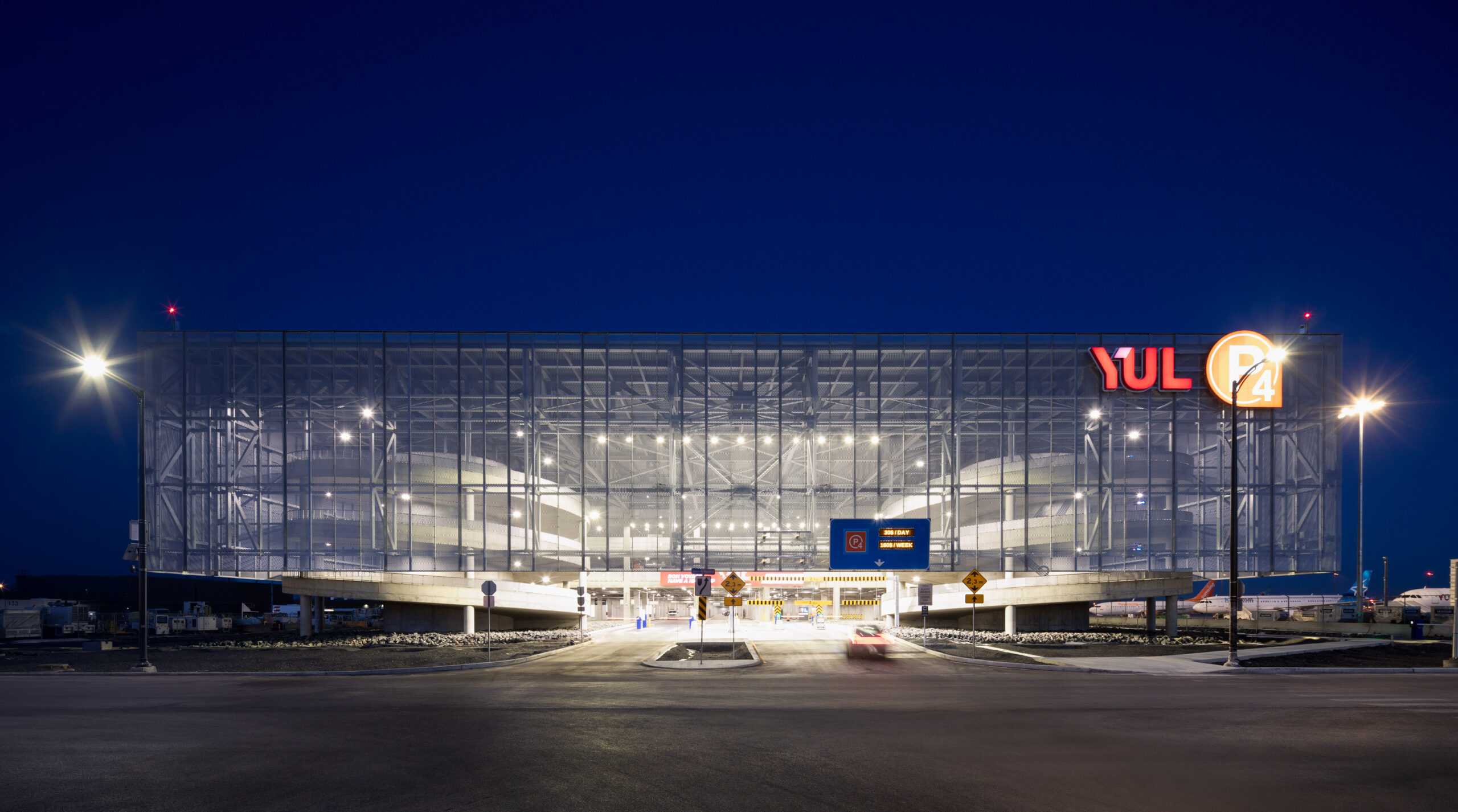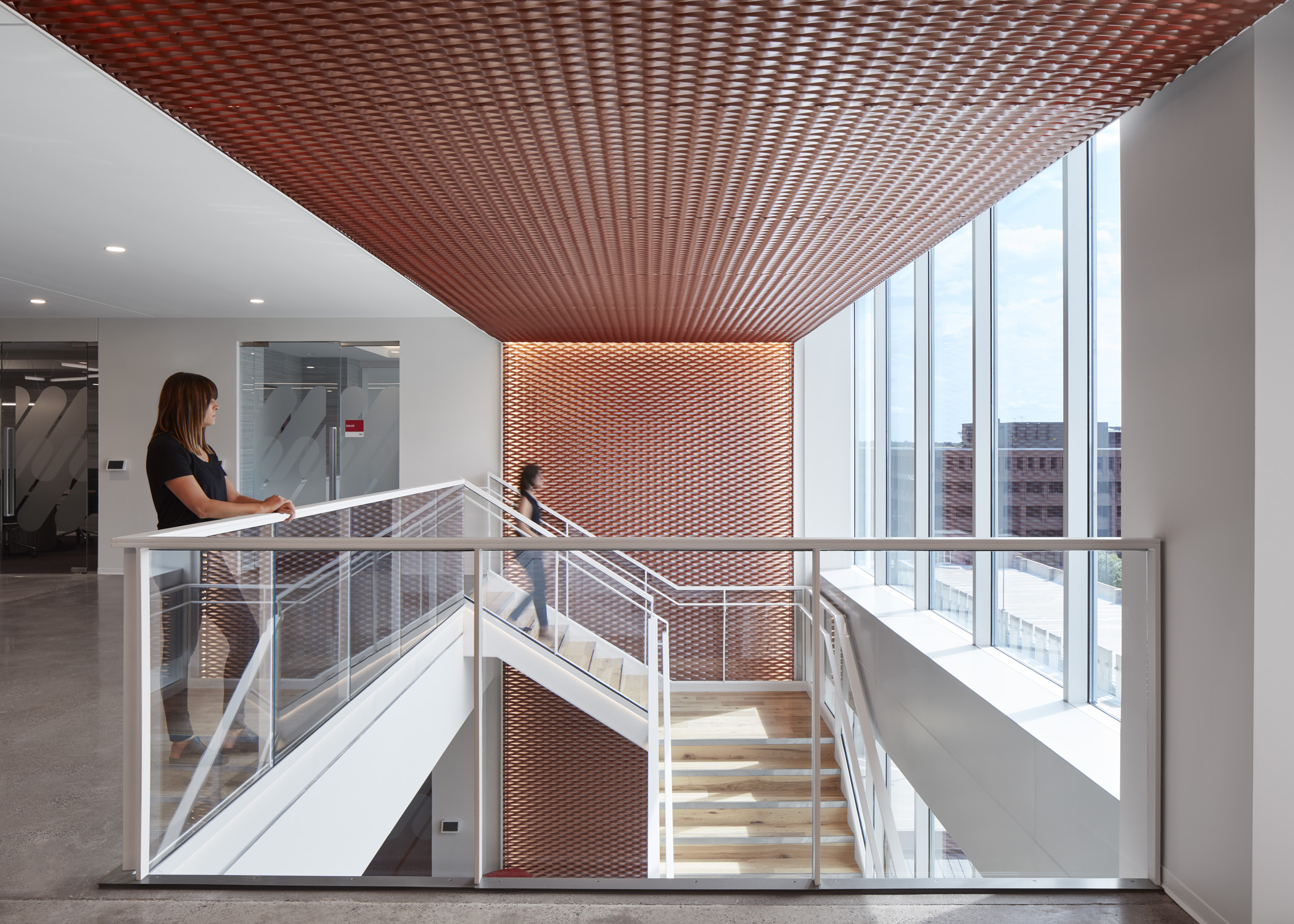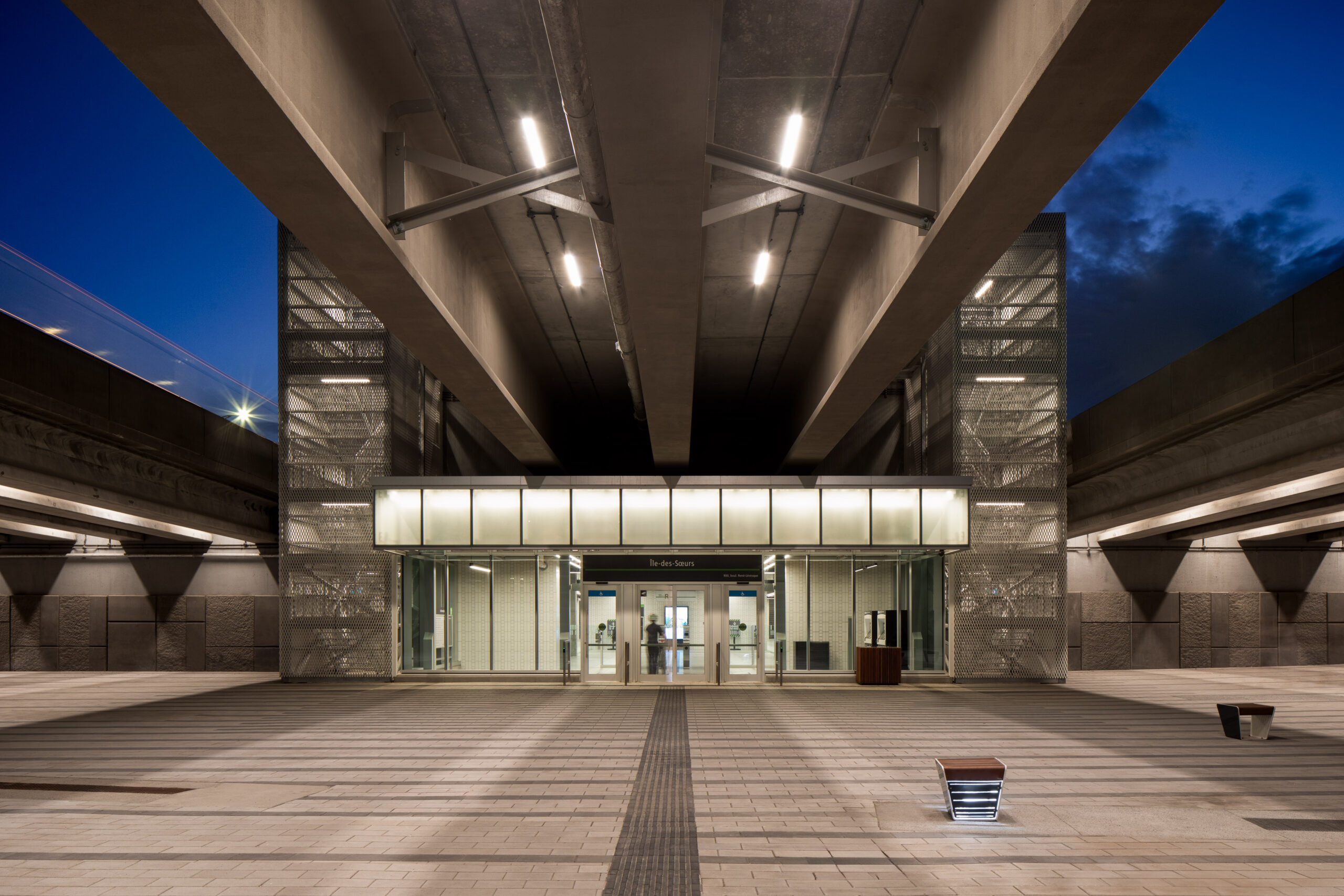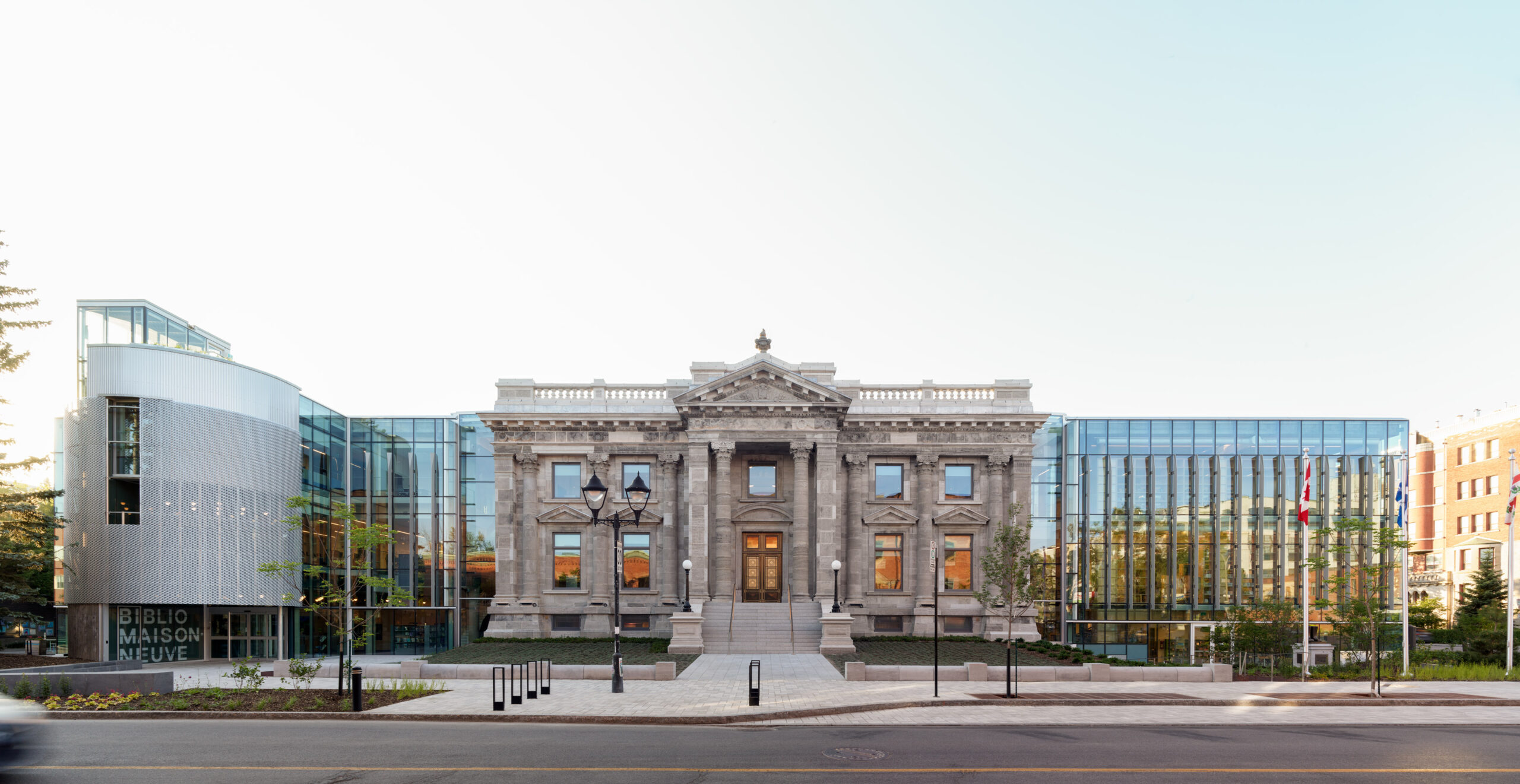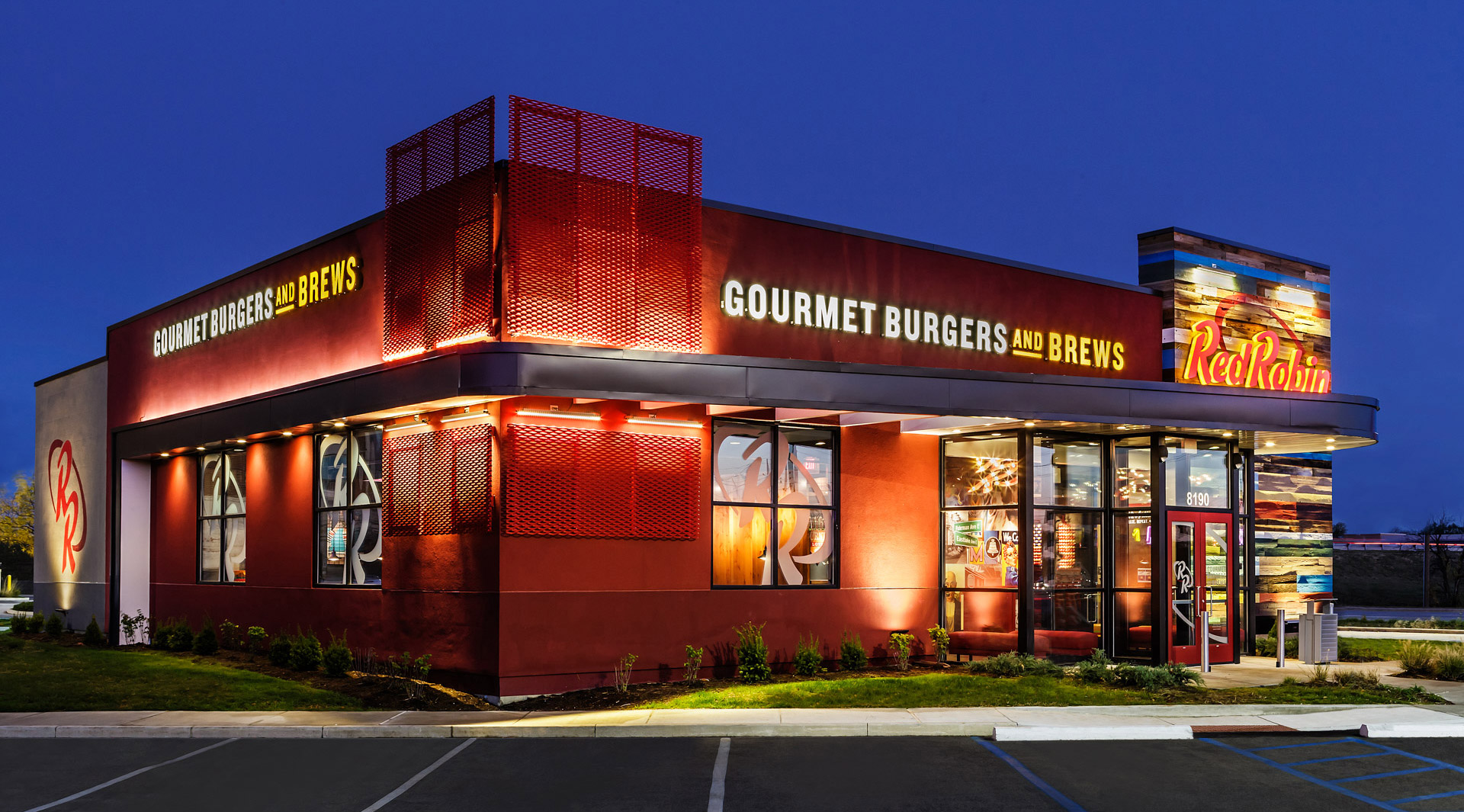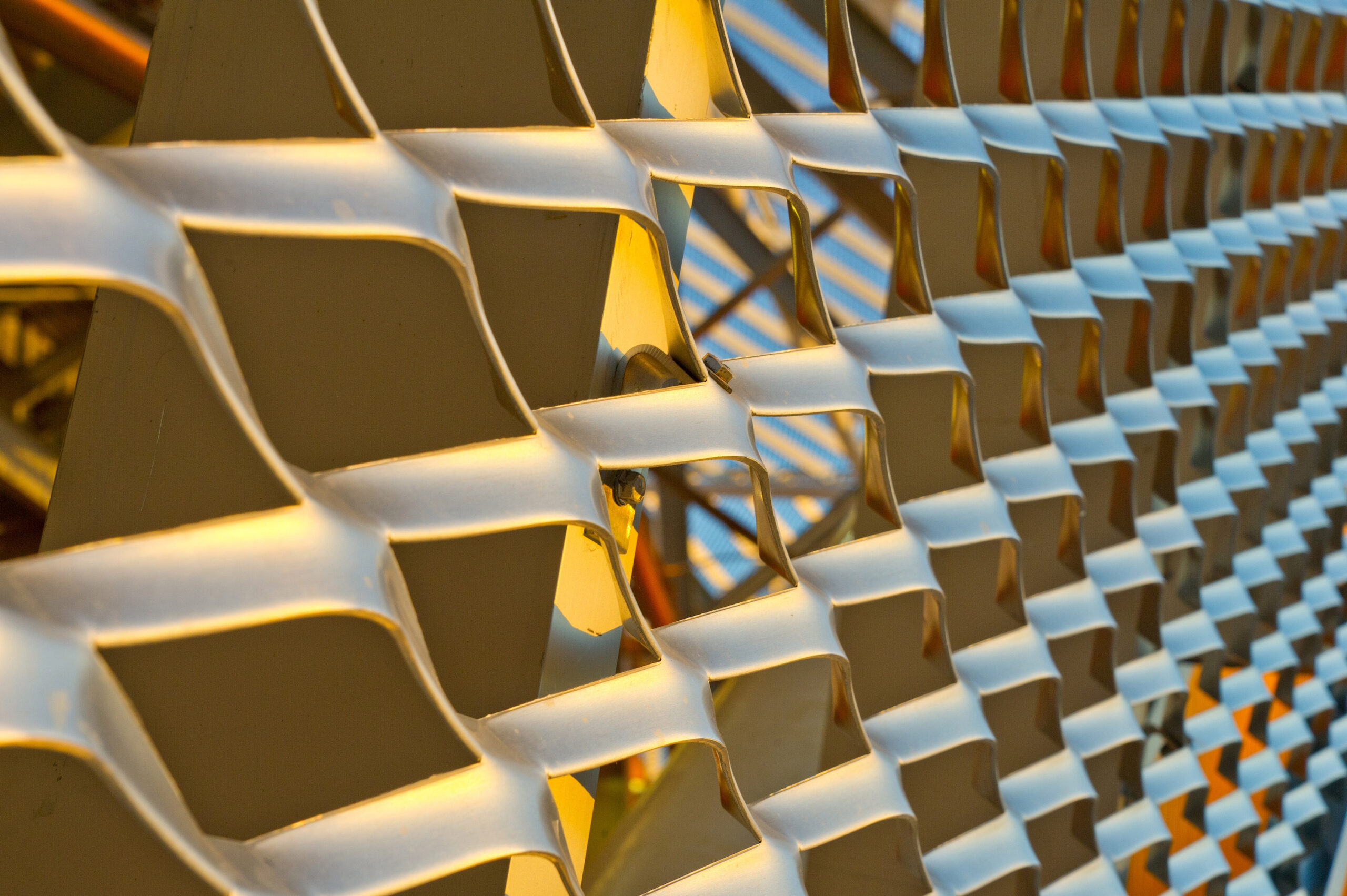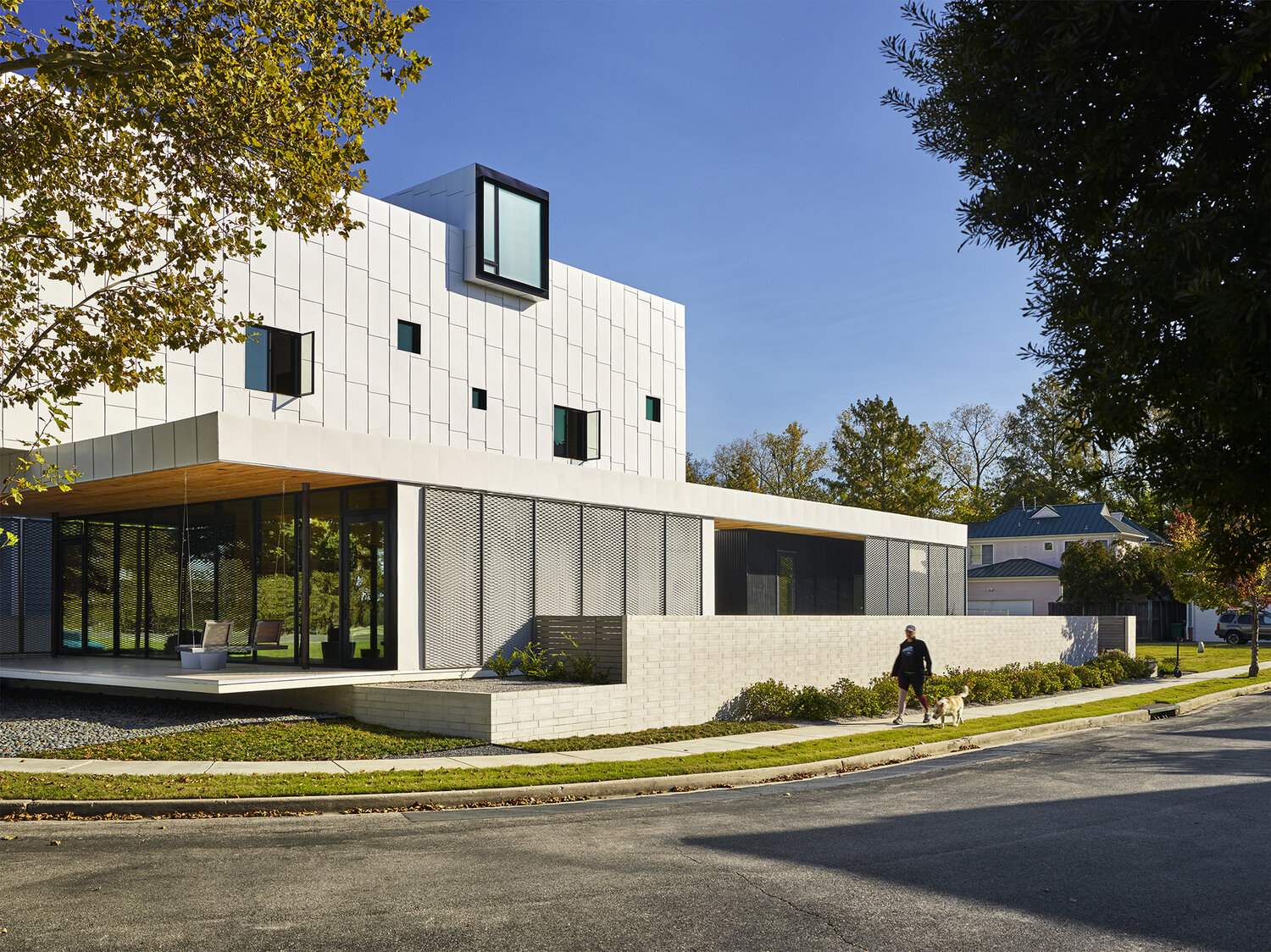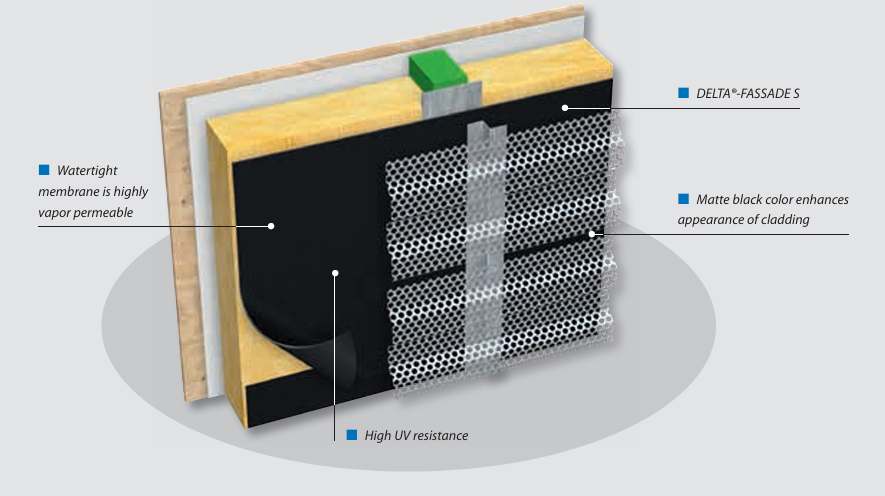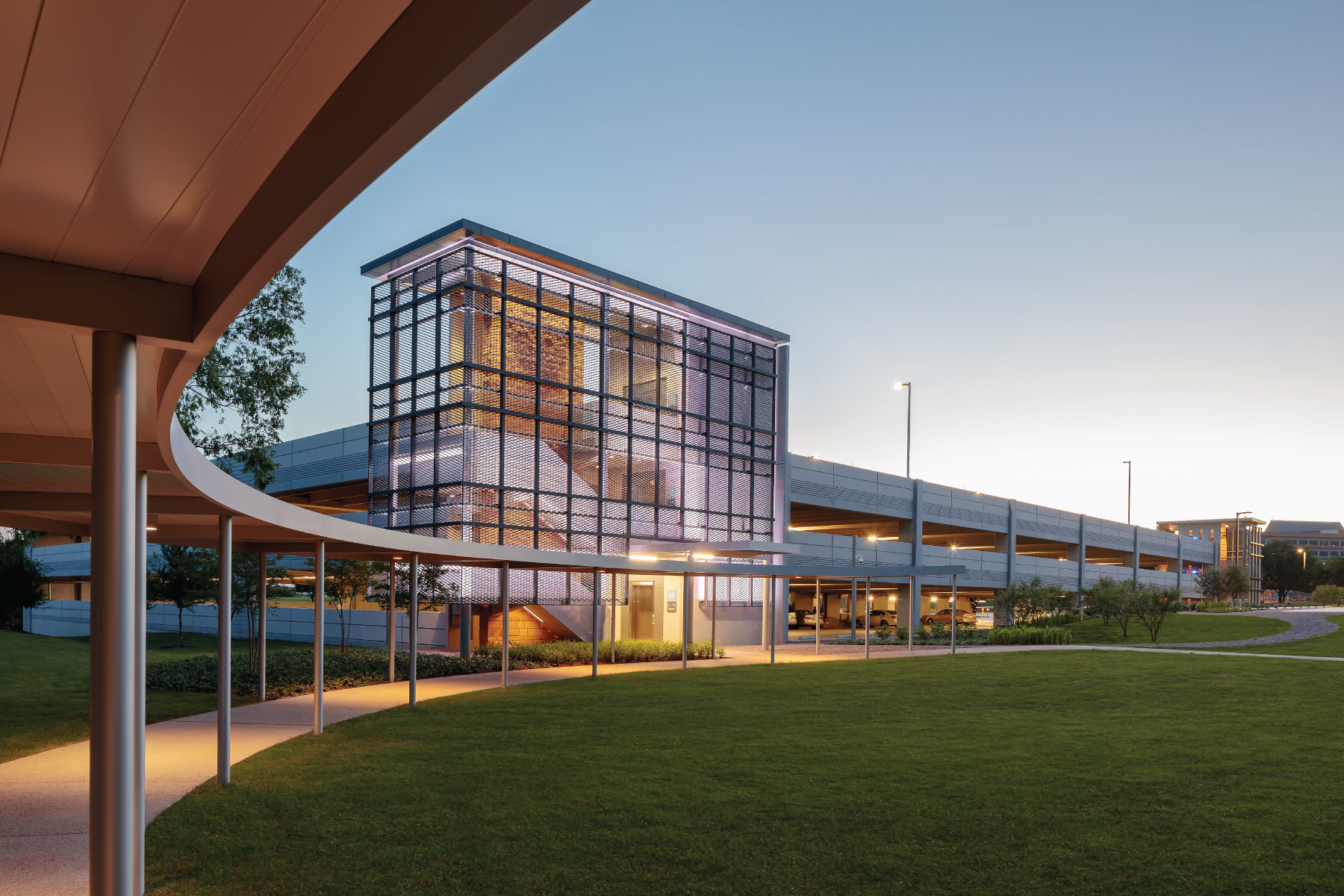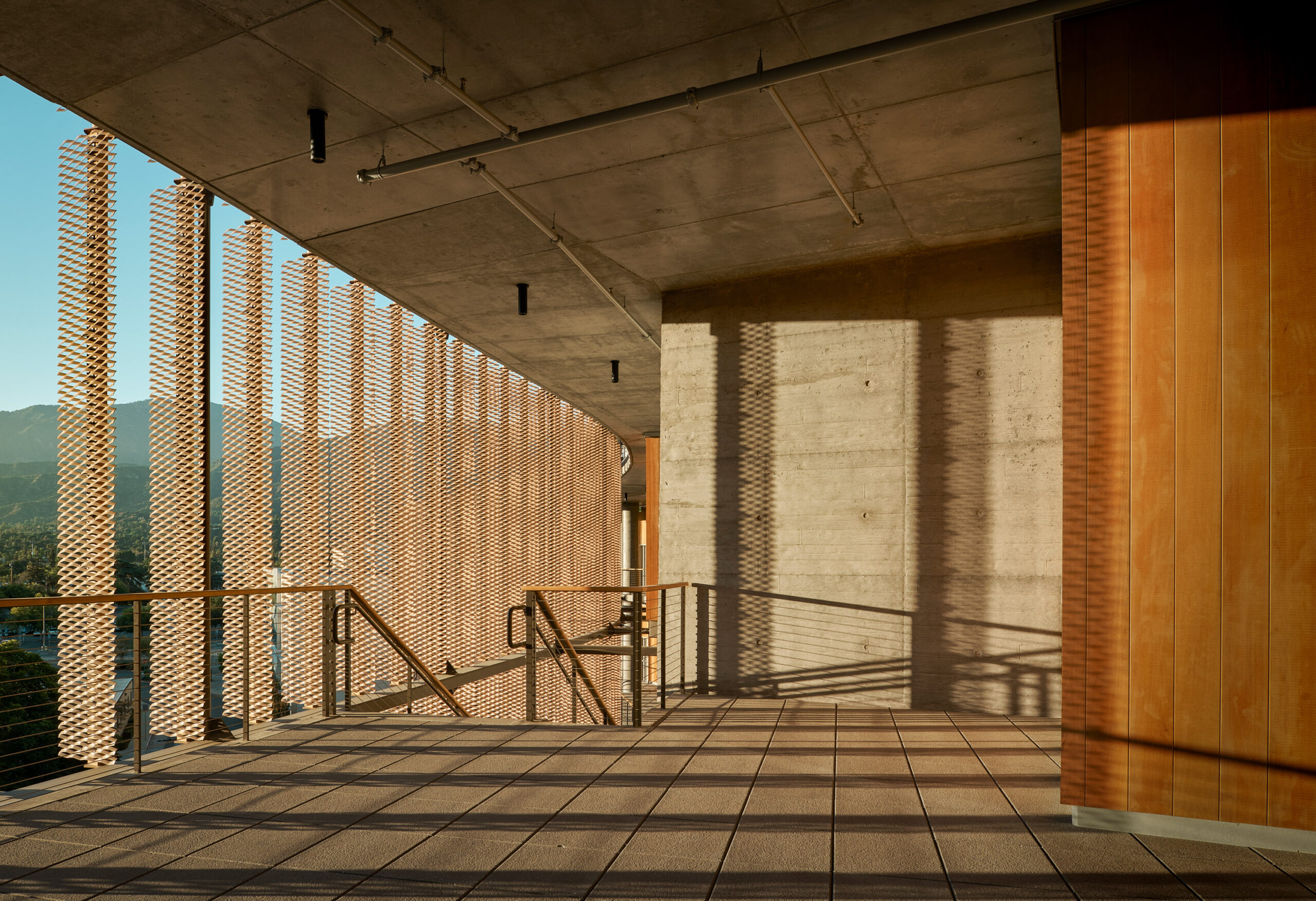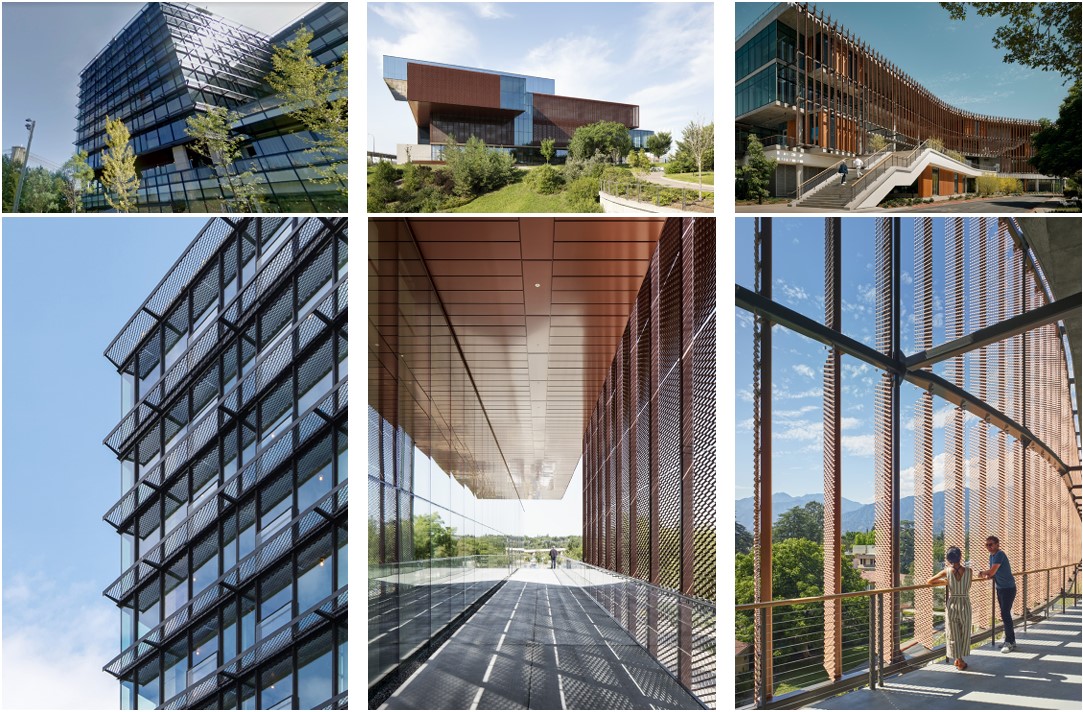Category: Expanded Mesh
-
10 Ways Retail Design Can Innovate with Expanded Mesh, Perforated Metal, and Laser Cut Panels
If you are designing for retail or restaurants, AMICO’s architectural metal products can provide distinctive design opportunities. Let’s look at a few application examples. Problem 1: Limited space ruins customer experiences Challenging lot sizes and demands for parking and drive-through elements can lead to an unsatisfying customer experience for outdoor seating. No one wants…
-
Case Study: Owner Design Collaboration
Recently, we began some work with a client, and the building owner, during our collaboration meeting, posed an excellent question: “What will the expanded mesh or perforated metal look like from a distance?” With a prominent interstate-facing lot, the owner wanted his building to present well from a distance. The project calls for a long…
-
Case Study: Architectural Metals for Residential Spaces
Architectural metals like expanded mesh, perforated metal, and laser cut panels are a road less traveled in residential home design, but are gaining popularity and offer many great design opportunities. Where do you find these materials used? Outdoors, you’ll find these materials used as privacy screens, sunshades, or garden trellis. In contrast, on the inside,…
-
What should an architect specify behind an expanded mesh facade?
An extremely common question we get asked at AMICO is… What should the architect specify behind the expanded mesh facade? Because all forms of expanded mesh are open to some degree, the surface behind the mesh needs to be water-tight to protect the insulation and prevent water from getting trapped behind the wall. The question…
-
Q&A: Parking Garage Screen Design
Q1: Why is a parking garage screen important? Parking garage screens provide an opportunity to transform blank utilitarian structures into architectural assets. Metal cladding enhances aesthetics by offering a finished look that blends with the surrounding architecture and creates a more cohesive neighborhood feel while concealing unsightly structural elements, reducing the visual impact of vehicles…
-
Designing for Light and Shadow in Architecture
In architecture, light can be more than illumination; it serves as a fundamental design material. Whether natural or artificial, light shapes our perception of space, texture, and atmosphere. Equally important is the interplay with shadow, which adds depth, emotion, and rhythm to architectural experiences. Material selection can partner with light, activating spaces through texture, transparency,…
-
Quantifying Passive Sunshade Heat Gain Reduction
A long-standing practice of architects is to utilize architectural metals as a sunshade element to reduce glare, improve the quality of experience inside a building, and of course, to reduce heat gain. Typically, these designs are approached in three different ways:
